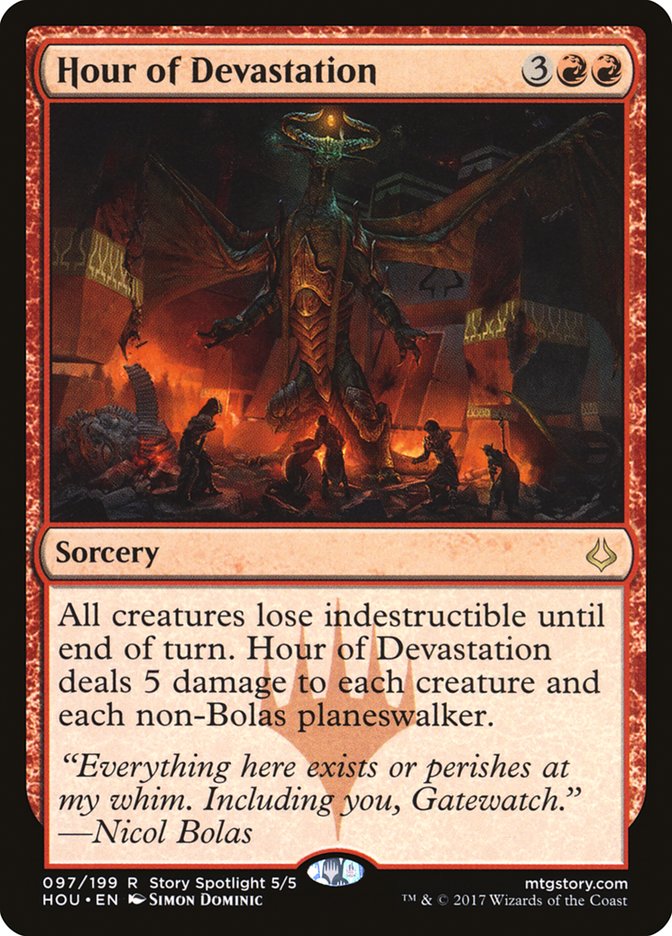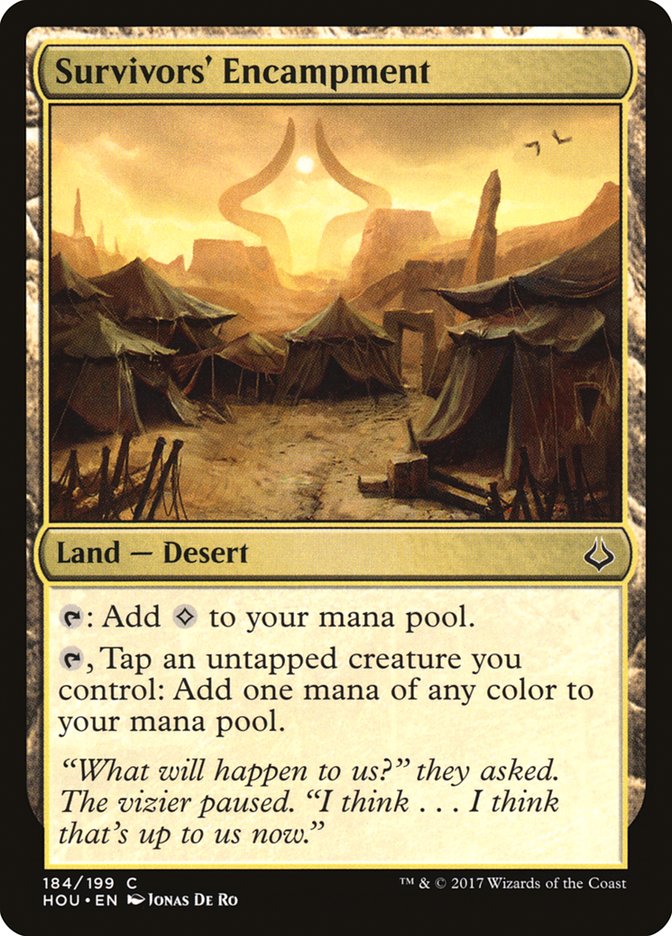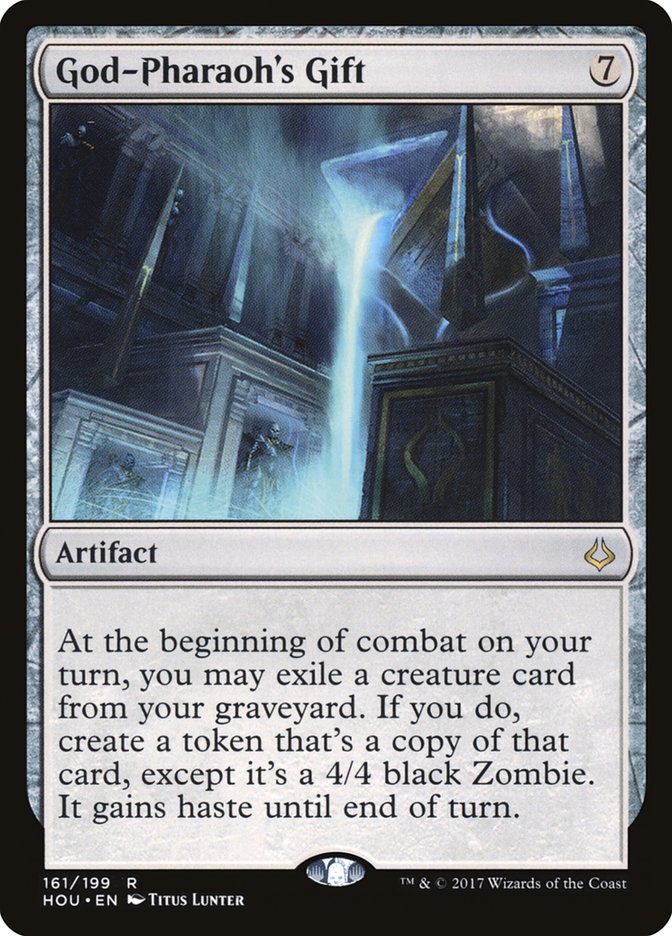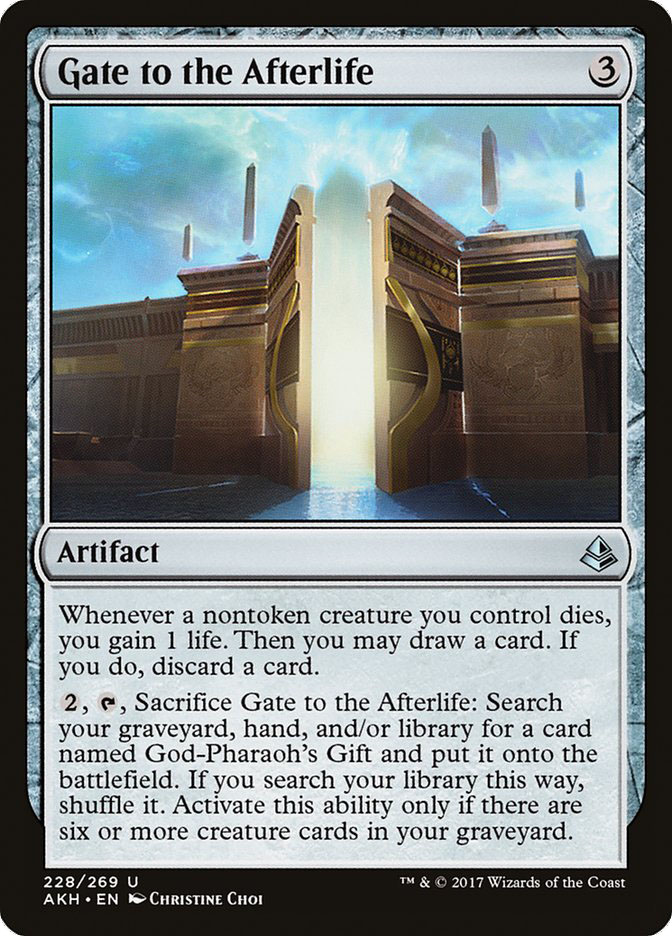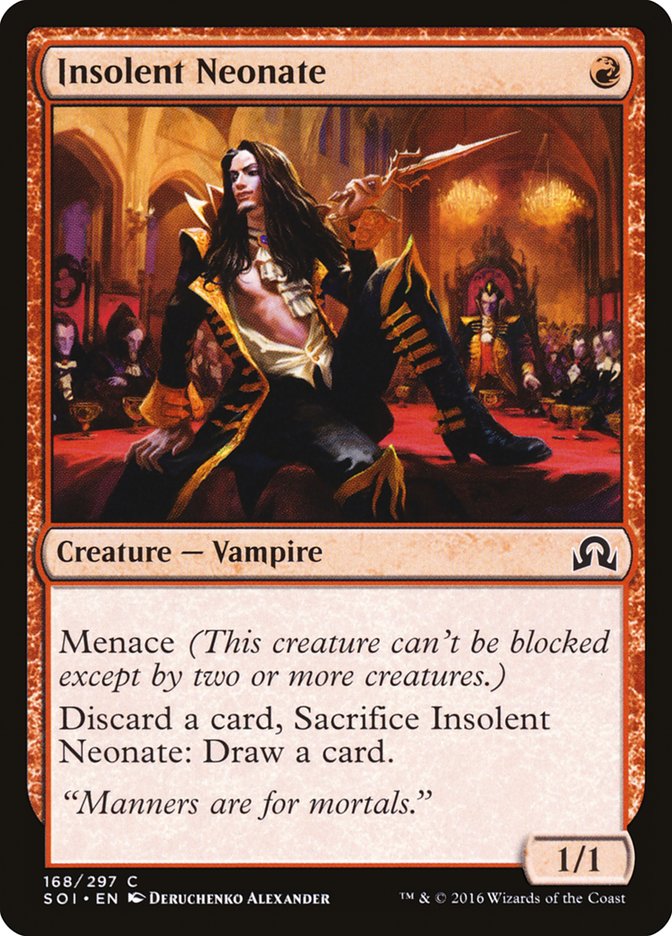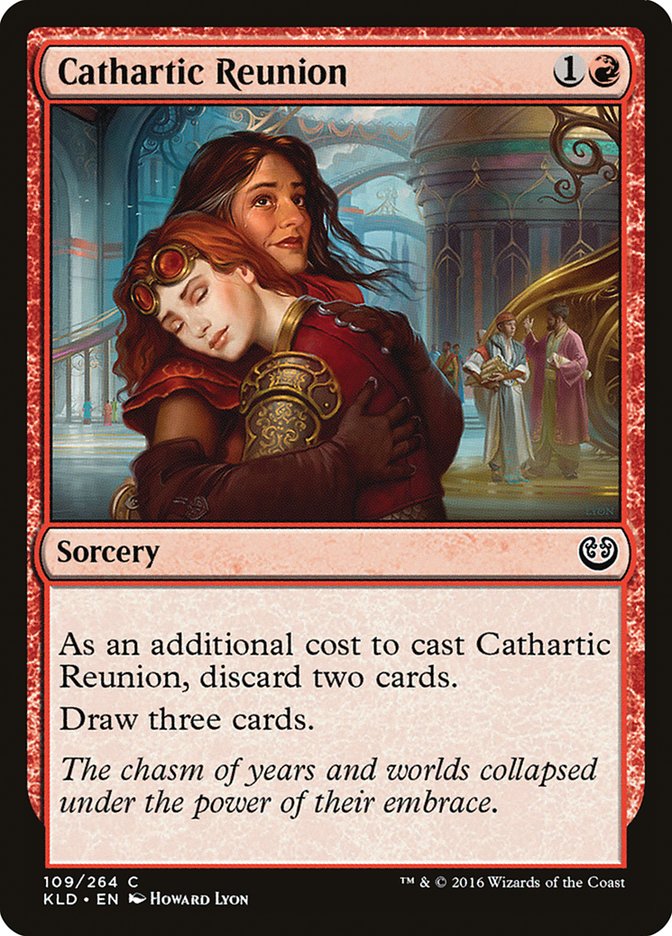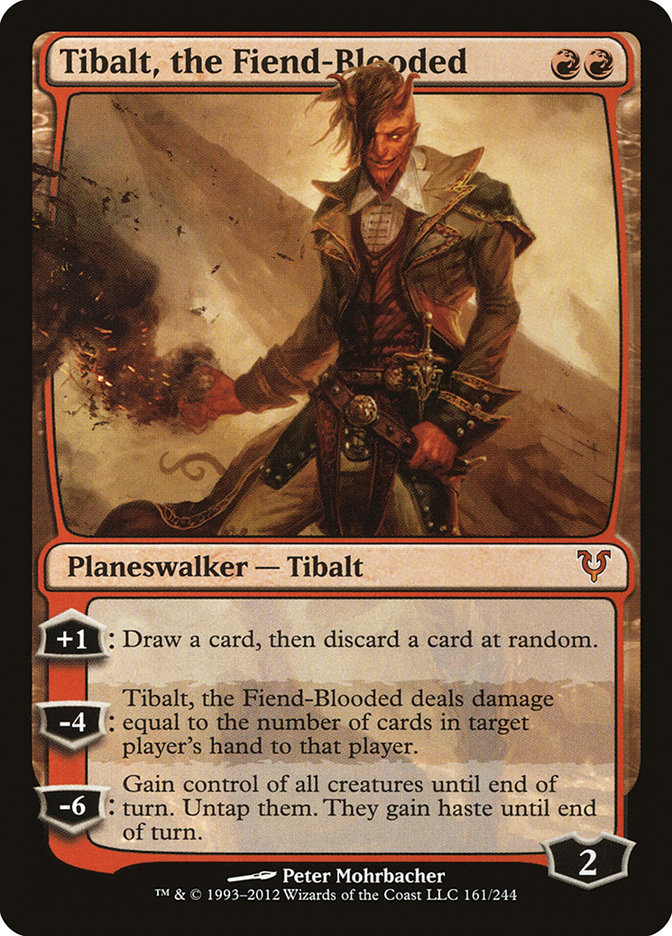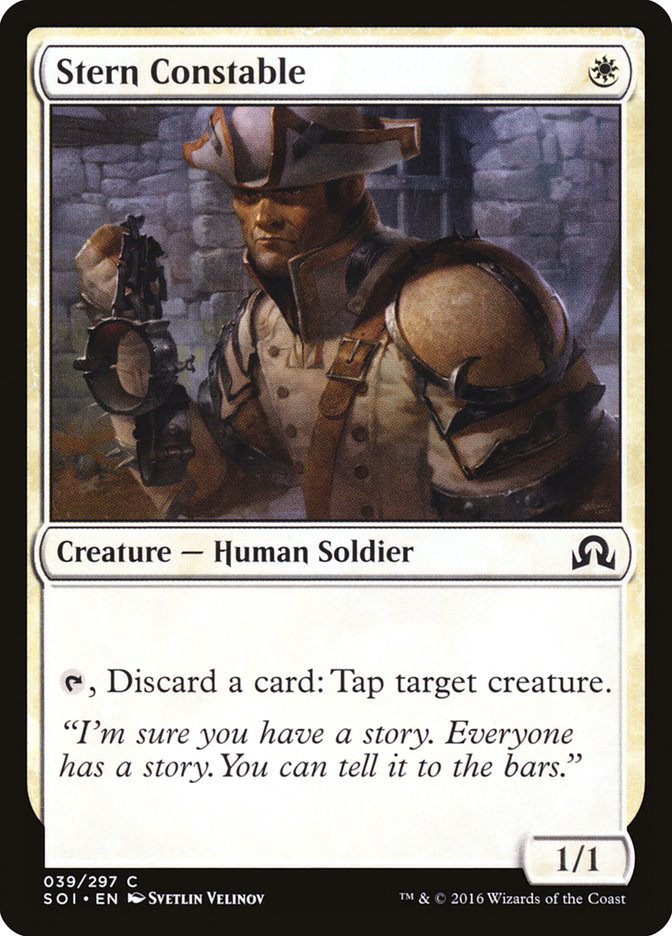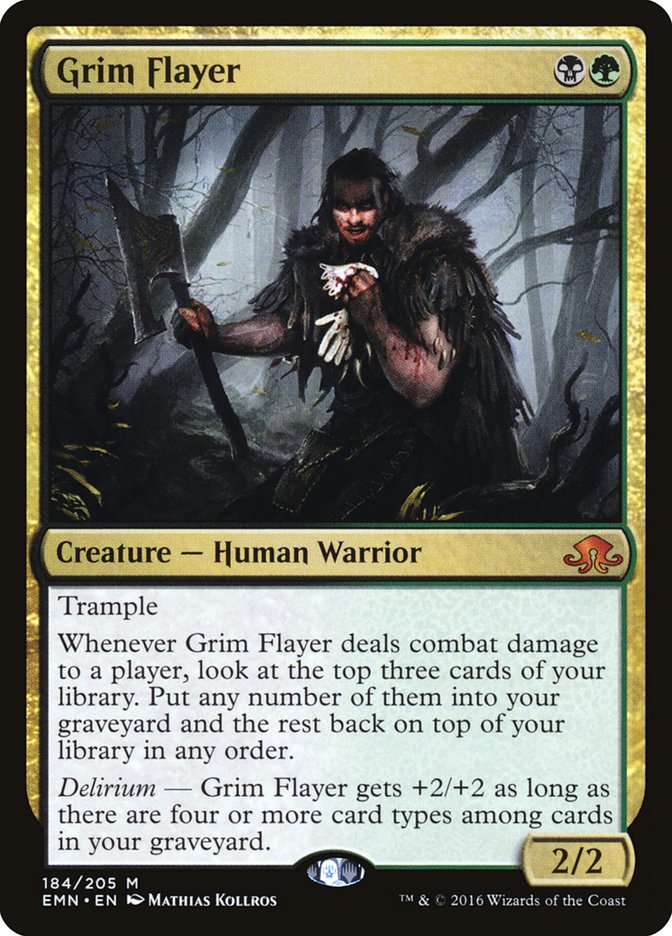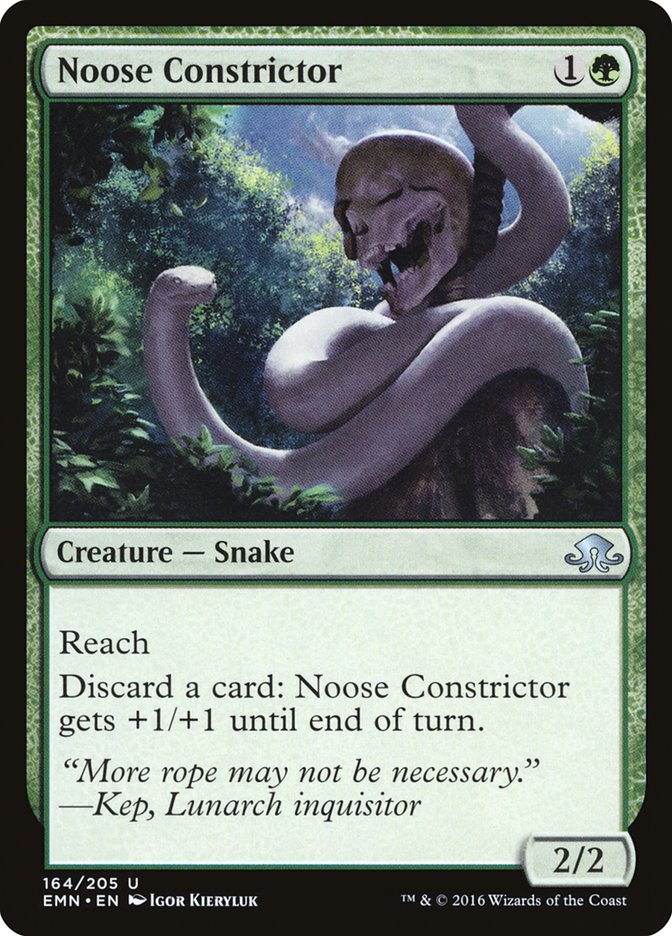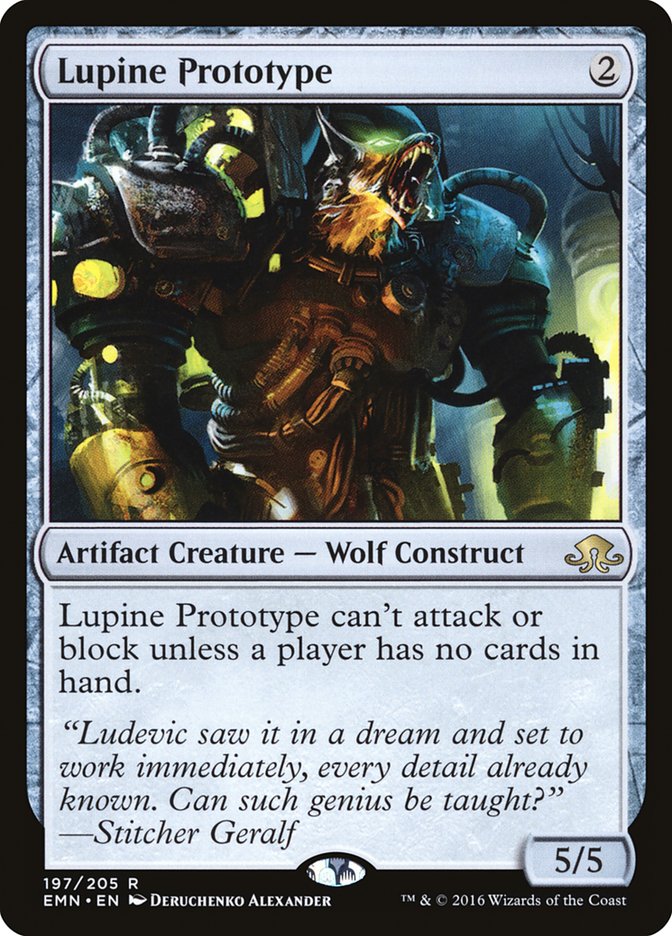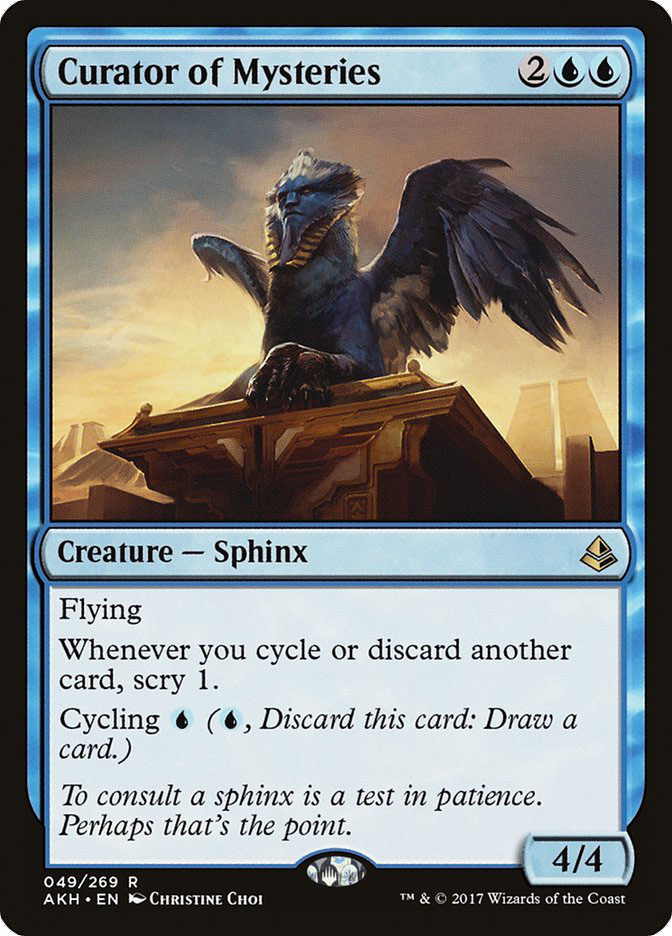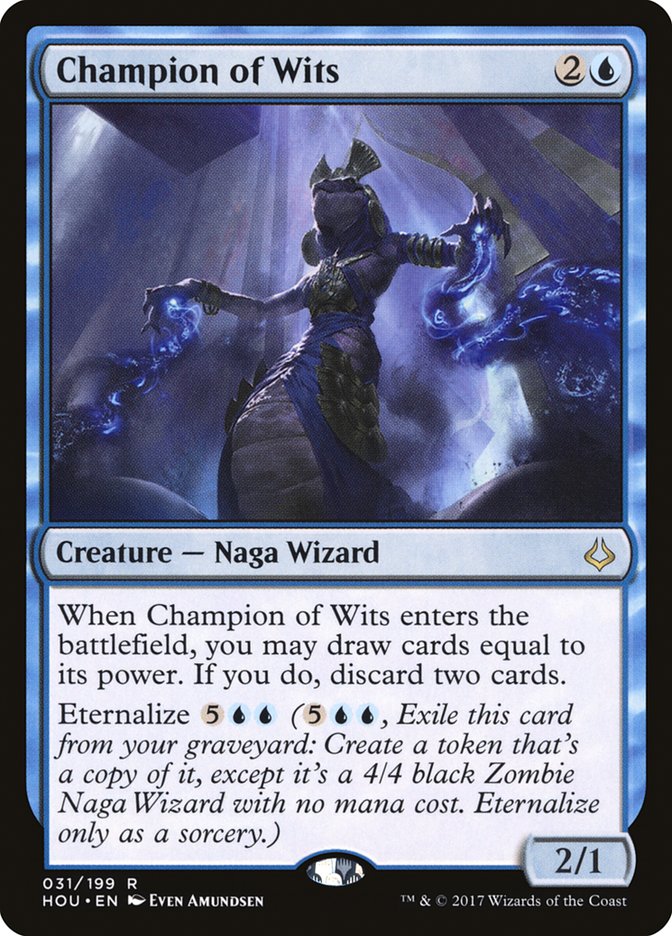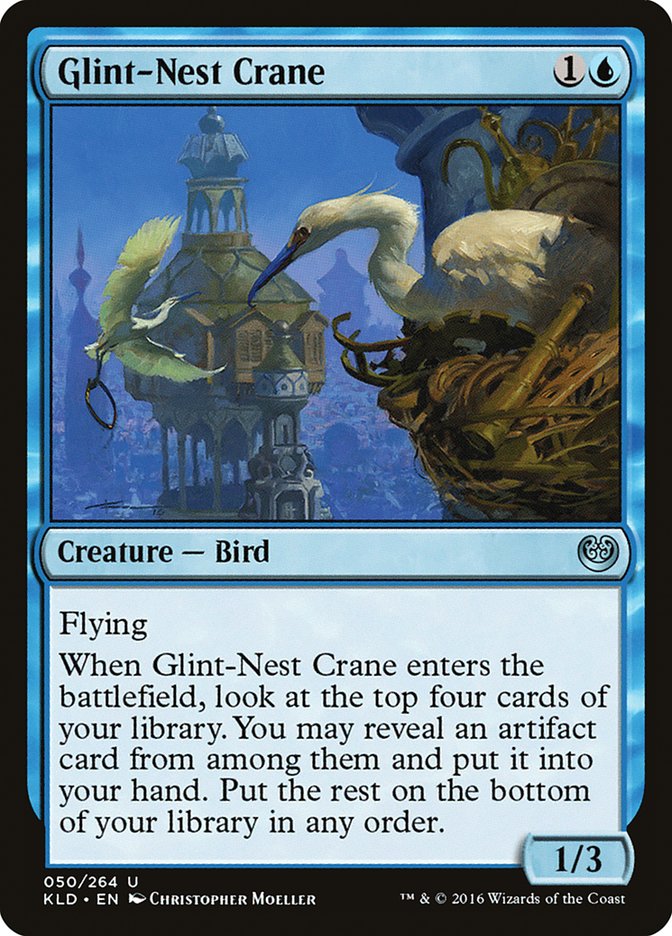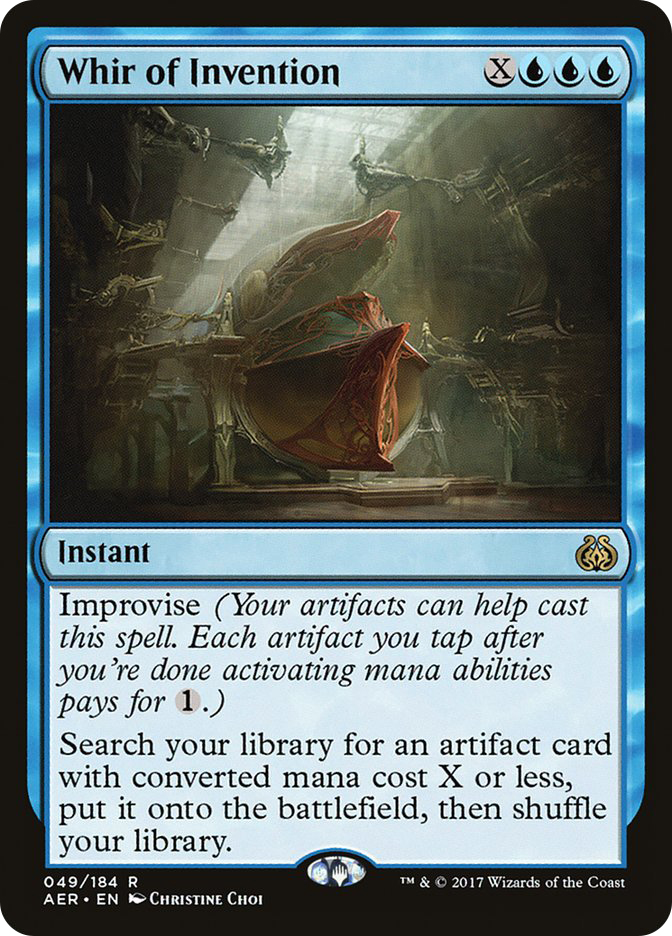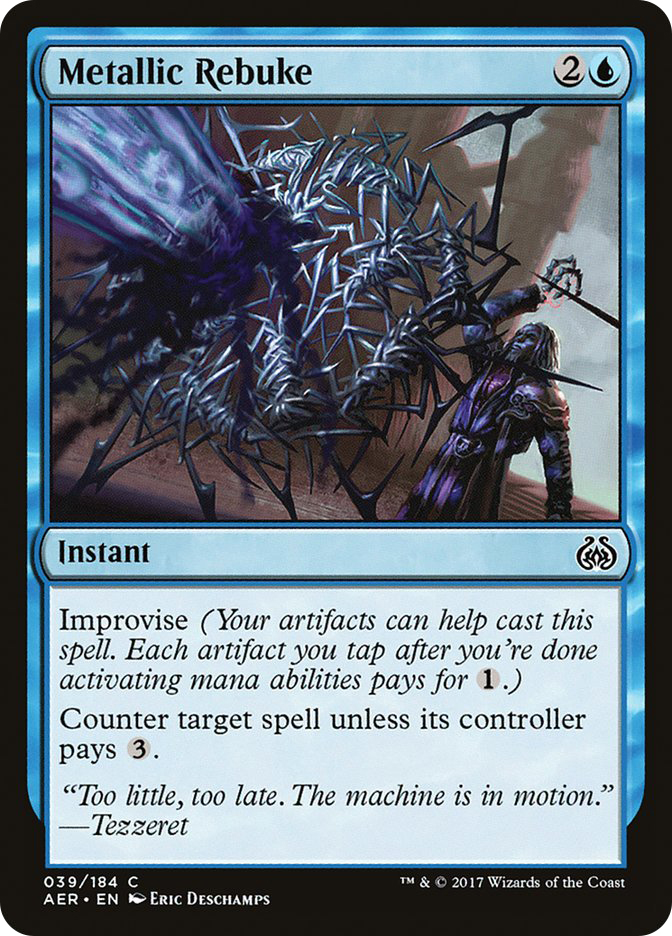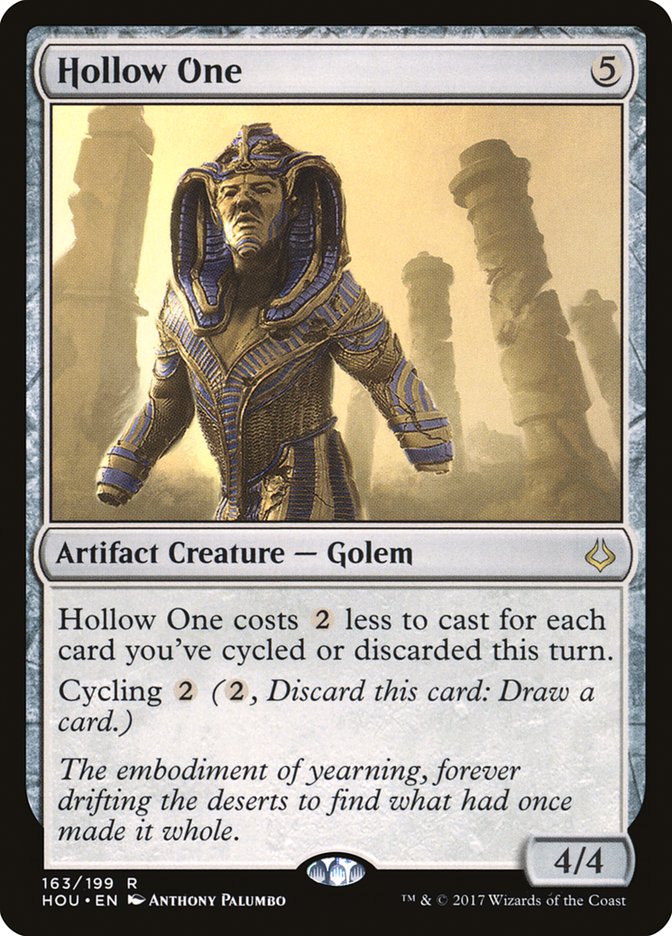The Hour of Devastation has arrived! All hail your new God-Pharaoh!
Terrifying Beautiful, isn’t it?
Hour of Devastation is a set with a story, one of the strongest and most compelling in Magic’s history. There’s a sense of survivalist urgency, of shattered dreams, and the potential for revenge in upcoming expansions. Nicol Bolas may be Magic’s most notorious baddie, but while Amonkhet lies in ruins, we get to sidle up alongside the sparked, draconian behemoth and use some of his devastating spells ourselves.
For a “small set,” Hour of Devastation packs a serious punch, charting a serious departure from the first half of its block, much like Eldritch Moon and Shadows over Innistrad. Much like that block as well, this plane’s story is one of an unknown, latent threat, hiding amongst the iconography and culture of the landscape. When the worst fears of the sages, clerics, politicians, and doomsayers become a reality, everyone is left to fight for themselves, and they can only fight, and survive, with what they brought with them.
The flavor text of this card is one of the most powerful in the set, and I believe it embodies a lot about where we stand right now in the Standard format.
“What will happen to us?”
“I think…I think that’s up to us now.”
Aetherworks Marvel is dead, the format is fairly healthy, and after the destruction wrought by an overworked archetype has faded, we have to make our own path. As brewers, we’re used to working with what we have, so Hour of Devastation is a time of renewal and new beginnings, another new set to explore!
Nicol Bolas is still close, though. If your local Prerelease was anything like mine, the shadow of the God-Pharaoh loomed larger over the event. Seeing Mountains, Swamps, and Islands together on your opponent’s side brought a sense of fear and dread, either because one of the insect Gods blighted your opponent’s Sealed pool or because you were soon to encounter the dreaded Deceiver himself.
While I didn’t get a copy of Nicol Bolas, God-Pharaoh myself, I did get something else: a gift he bestowed upon his faithful, granting them eternal life, of a sort, in his service.
Akin to Debtors’ Knell; Sheoldred, Whispering One; or even just a slowing Living End, God-Pharaoh’s Gift has the power to reanimate the dead in a unique, ghastly method. They’re no longer themselves; they are bolstered, focused, perfected. A lowly 1/1 becomes a powerful 4/4 with haste, carrying all of its abilities, triggers, and other statistics with it into undeath. Zombies of a new fashion, these eternalized creatures pose an imminent threat to your opponent’s battlefield.
While this is enough to be a Sealed bomb, I also snagged its earlier plant, Gate to the Afterlife.
In the same vein of Vial of Dragonfire and Renowned Weaponsmith, Gate to the Afterlife was released in Amonkhet, giving us several months to wonder about what God-Pharaoh’s Gift would be. While Vial of Dragonfire failed to the live up to the hype, God-Pharaoh’s Gift is an inevitability, as was Nicol Bolas’s arrival in his true form.
A wicked and powerful combination, Gate to the Afterlife does have a considerable condition: six creatures in your graveyard. While not impossible by any stretch, this impacted how I built my Sealed deck. A focus on creatures, specifically creatures that cycled and benefited from cycling, led to me an uncomfortably low stack of removal and utility spells in the hopes that, given sufficient time and effort, this little uncommon artifact would propel me towards a win.
In a seven-round event with about one hundred attendees, I ended up going 4-3, losing my win-and-in for Top 8 in Round 6 and losing my Top 16 match to a B/R deck that sported two copies of Neheb, the Eternal. While driving home empty-handed and defeated, I couldn’t shake what an impact God-Pharaoh’s Gift had made on the games where I resolved it outright or when I tutored for it using Gate to the Afterlife. Look at the card for a moment.
Unlike similar, high-cost, splashy artifacts, this one is legitimately powerful. You get a threat immediately, the threat has haste, and it does it every single turn. If you searched it up, you’ll have at least six turns of fuel, more than enough to cripple your opponent under a mountain of advantage.
As any artifact lover will tell you, one of the neatest things about artifacts is that you can play them in any color; this is especially true in this scenario, as any and all of Magic’s colors have excellent targets for this seven-mana artifact.
My Prerelease deck was Sultai, which provided plenty of slow, grinding advantage and powerful late-game threats. In Standard, though, all colors are available, and that’s exactly how we’re going to look at it.
In a perfect world, you’re pitching creatures left and right, ready to activate Gate to the Afterlife as soon as possible to start crushing your opponent with Thundering Giants with enters-the-battlefield triggers a-go-go. My first thought of a deck that heads that direction is red.
Red’s stepped up their drawing game, and at the “cost” of blindly tossing cards. When you’re selecting what you throw away, you can target your creatures, which not only lets you get closer to the six-creature count required to activate Gate to the Afterlife, but it also gets you closer to the Gate hiding in your deck. Red knows how to dig deep, and that recklessness has its advantages.
While you could pair red with its most familiar drawing and discarding companion, blue, I thought it important to highlight another strong but overlooked looked discarding color: white.
Stern Constable is a critically important discard outlet, as it does not require mana to operate. The ability to tap is important, providing manaless protection, either after it’s been around for a turn or immediately after being reanimated by God-Pharaoh’s Gift. Peace of Mind also turns your Swords to Plowshares fairly well.
White’s most appealing inclusion is Refurbish. This sorcery is interesting because it means you can reanimate your God-Pharaoh’s Gift and skip over Gate of the Afterlife entirely. With enough oomph, you can even get there as early as turn 3.
Worth a try, don’t you think?
Creatures (14)
Planeswalkers (4)
Lands (22)
Spells (20)

It’s a weird mess, but bear with me; it’s a fun ride.
Because we’re not bound by the restrictive deckbuilding required to reliably get six creatures into the graveyard, we can play spells designed to filter through our deck as quickly as possible, a trait not often associated with white. Nahiri, the Harbinger is the glue that holds this deck together. Her +1 lets you put the critical piece in the graveyard, ready to reanimate, while her -2 lets you stay alive long enough to rebuild your life total. Her ultimate, which is more easily obtained thanks to Corrupted Grafstone getting her out a turn earlier, can find the Chaos Maw or Ulamog, the Ceaseless Hunger to save you or close the game, respectively. Because Ulamog’s token has haste, you’re applying immense pressure on an empty battlefield, and even if they block, they’ll be losing nearly half their library.
The mana is solid; Corrupted Grafstone always has a colored card to turn it on, and even if things go sour with the Refurbish plan, you’ll be able to cast Chaos Maw before long, and Nahiri, the Harbinger is a very short clock. While simple and straightforward, it is surprisingly consistent.
Black and green are known both for their creature base and their ability to fill the graveyard rapidly, so it stands to reason that we go there next.
Delirium naturally falls in line with this plan, and combined with a stiff handful of creatures, ways to find artifacts deep inside your deck with cards like Vessel of Nascency, and powerful creatures once they’ve been reanimated, G/B seems like another promising direction to take our Gift.
Creatures (23)
- 4 Asylum Visitor
- 4 Lupine Prototype
- 4 Grim Flayer
- 4 Noose Constrictor
- 1 Verdurous Gearhulk
- 1 Demon of Dark Schemes
- 1 Noxious Gearhulk
- 4 Glint-Sleeve Siphoner
Planeswalkers (2)
Lands (17)
Spells (18)

A little more conventional, to be sure, but no less potent. This two-drop tango has a full suite of powerful creatures, nearly all of which get better with assistance from God-Pharaoh’s Gift. Lupine Prototype, perhaps the only exception, is a great on-turn payoff when you discard your hand to other effects like Noose Constrictor. Getting rid of your hand isn’t much fun (oh, who am I kidding, of course it is), so it’s important to have some interim assistance while you’re finding the Gate to the Afterlife. Grim Flayer gets plenty large with delirium and very large as a 6/6 trampling Zombie token with delirium, meaning your always hitting and always milling.
Finally, we don’t want to leave out the last untouched color: blue.
While you weren’t looking, blue got some great creatures that care about the graveyard.
Unlike the other colors, blue has a wide variety of cycling creatures that take nothing more than mana to enter the graveyard; you don’t even lose the card advantage associated with discard! Put enough creatures in your graveyard and enough ways to find the Gate to the Afterlife and you have a brutally consistent way to get creatures back from the graveyard.
With solid support in blue, there’s a good chance that we won’t need another color, and artifacts are already the name of the game. It’s perhaps the cheapest and most accessible of the decks so far. Let’s open our blue present.
Creatures (26)
- 2 Glint-Nest Crane
- 4 Hope of Ghirapur
- 4 Curator of Mysteries
- 4 Vizier of Tumbling Sands
- 4 Champion of Wits
- 4 Hollow One
- 4 Striped Riverwinder
Lands (21)
Spells (13)

Remember, kids, it’s all about consistency.
We’ve been doing a lot of discard today, and this exceptional little number hasn’t slipped past me yet. While I’ve been testing Hollow One a reasonable amount since being previewed, it’s been a short list of decks where the discard is enough to reliably reduce the cost. Blue isn’t exactly a great place to start, but the artifacts, consistent cycling, and need of a reliable body that doesn’t die to Fatal Push were enough to get me on board.
In the other creatures, we have plenty of choices, too. Champion of Wits, whether reanimated via its own eternalize ability or God-Pharaoh’s Gift, recharges both your hand and your graveyard, and it’s a great lead-in for Hollow One. Striped Riverwinder, while innocuous as a 5/5 hexproof for seven, is a very appealing 4/4 hexproof with haste that costs no real mana. Vizier of Tumbling Sands serves to untap blockers, as needed, or to help you ramp into a hard-casted, in-hand God-Pharaoh’s Gift (though Gate to the Afterlife lets you search your hand and graveyard for God-Pharaoh’s Gift.)
Combined with Compelling Argument, good either cycled or otherwise, you have a consistent, blue-only engine that is easy and inexpensive to build. See? The God-Pharaoh’s Gift is for everyone! Oh…now I see why Nicol Bolas was so appealing.
What do you find appealing about our God-Pharaoh’s Gift? What’s your favorite creature to reanimate with it?
Home-Court Advantage!
This Saturday finds the SCG Tour in Cincinnati; as this is the closest Standard Open to come near my city while I’m actually in my city, I’ll be planning to head up there, spicy Standard brew and well-stocked Cube in tow. As the first Standard event of Hour of Devastation, it’s a must-watch, must-attend event. Hope to see you there!


